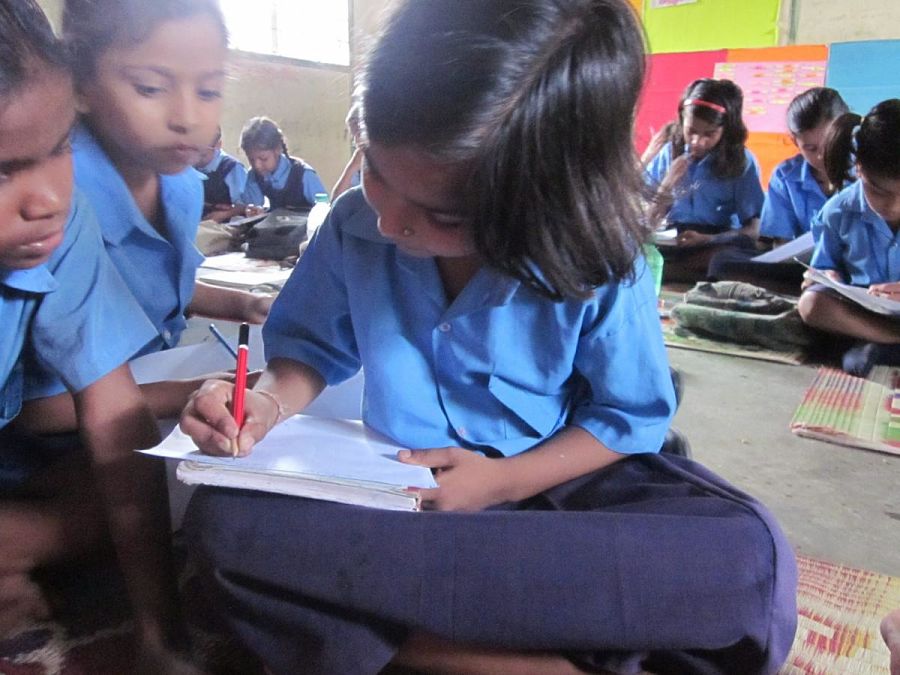When TCG began its intensive focus on Equity, Diversity, and Inclusion in 2012, our passion was to help the theatre field model a new way forward. It seemed that on the whole, theatre was replicating weaknesses that exist in our larger society, and that we had the opportunity to do things differently. We asked ourselves: Could theatre be the catalyst for change in communities, and ultimately our nation, when it comes to equity and inclusion?
In the three years since we started this work, theatremakers have responded enthusiastically to our calls to action, and we’ve seen powerful, nuanced discussions at our own convenings, in this magazine, in a variety of blogs, and among peer organizations. Funders are also on board, with important initiatives taking place at organizations such as Grantmakers in the Arts and New York’s Department of Cultural Affairs, as well as the Ford Foundation, the Mellon Foundation, and more. And we’ve seen some real results, with several high-profile artistic director posts being filled with leaders of color.
At the same time, it’s clear from the numbers that progress over time is very slow. As Suzy Evans’s article “Women’s Work” notes, women authored just 21 percent of plays scheduled to be produced in nonprofit theatres this season—more or less even with the Dramatists Guild/Lilly Awards study “The Count,” which placed the number at 22 percent on average for the past three years. This may be positive in that the number hasn’t slipped much, and it does represent a significant change from the 2002 NYSCA report that put plays by women on New York City stages at 17 percent. But we are still many miles shy of what one would hope for: 22 percent is less than halfway to achieving 50/50 parity and closing the gender gap.
Raising the camera up from theatre, it’s instructive to look at how other agencies are tackling gender parity on a global level. U.S. AID says gender equality and female empowerment are now universally recognized as core development objectives, fundamental to human rights and key to effective and sustainable development outcomes. The organization’s Gender Equality and Women’s Empowerment Policy is meant to benefit everyone—women and men, girls and boys, regardless of age, sexual orientation, gender identity, disability status, religion, ethnicity, socioeconomic status, geographic area, migratory status, forced displacement, or HIV/AIDS status.
The World Economic Forum, which annually conducts a gender-gap survey of 142 countries, states that we are moving “from capitalism into an era of ‘talentism.’ In such a world, gender parity can no longer be viewed as superfluous, since women make up half the human capital in any economy. Use of this talent is key to our competitiveness.” The report, which examined equality between men and women in areas of health, education, economics, and politics, recorded a 4-percent increase towards gender parity worldwide since the study began nine years ago. It also noted that at this trajectory rate, it will take 81 years to achieve parity in the workplace!
Incidentally, the report also indicates that the U.S. is 74 percent of the way toward closing the gender gap, and ranks 20th overall among nations. Our best results are on economic participation and opportunity, where we rank fourth—a statistic likely related to the high number of women in the workforce. But our ranking drops to 54 and 65, respectively, in the areas of political empowerment and health.
With only 40-percent progress toward closing the gender gap in terms of plays onstage, if we were participating as a “theatre nation” in a WEF-like study, we would likely find ourselves somewhere in line with Bangladesh.
These agencies—and many of our theatres—acknowledge that change requires intervention, indeed won’t naturally occur without it. U.S. AID project directors in different regions must conduct gender assessments of the areas where they are working and develop action plans that are specific to the cultures in question. For its part, the World Economic Forum offers a resource area of its website with best practices in building gender parity. Long committed to gender equality, the World Bank is in the process of developing a new strategy.
Without conscious efforts on the part of individual programmers and artistic decision makers, our theatre ecology will most likely continue to adapt to systemic conditions that already exist. Many positive interventions taking place at theatres are described in Evans’s article. Another model covered in the magazine’s January ’15 issue (“Gender Parity the English Way,” by Paulette Marty) details a system developed by London’s Lucy Kerbel and Tonic Theatre “to support the theatre in achieving greater gender equality in its workforces and repertoires.” This occurs by 1) monitoring the numbers of male and female creatives they employ; 2) considering how they build relationships with artists; 3) developing mechanisms to better obtain honest feedback from freelancers; 4) working collectively to create a more effective pipeline for female talent; and 5) consider making gender equality a regular agenda point in staff or board meetings.
By integrating specific action plans, theatre organizations can begin the process of making meaningful, sustained change that will not only benefit them but our entire ecology. At TCG, we are moving the needle through a variety of programs, including our Diversity and Inclusion Institute, for which we are pleased to be adding a second cohort this year. Either way, it will take all of us participating in the effort to make change—and to genuinely fulfill the intentions for inclusion that are expressed in so many of our mission statements. It may just make our theatre nation more prosperous.


